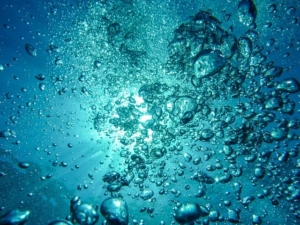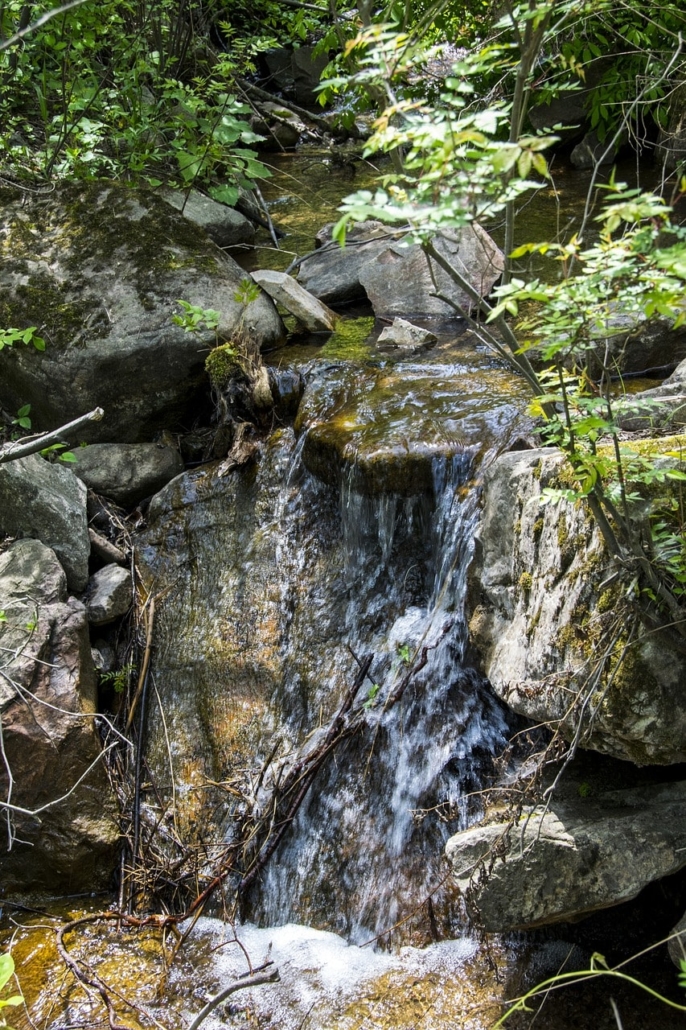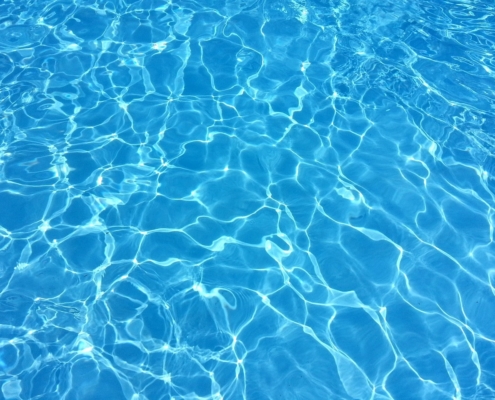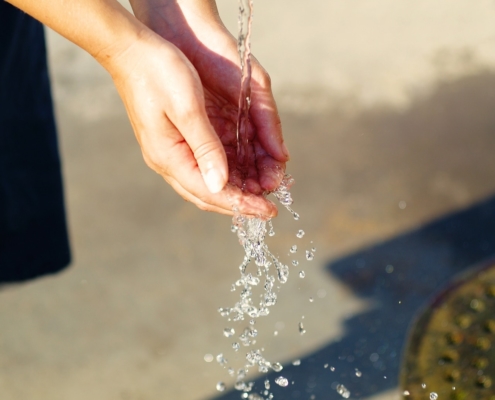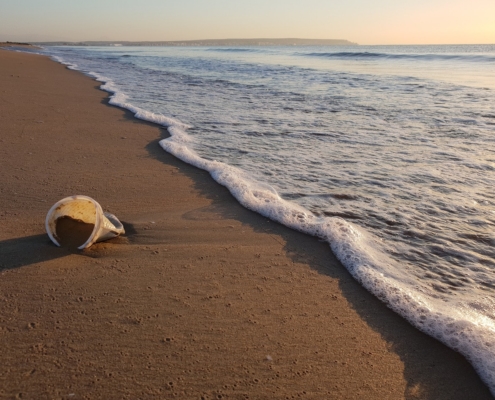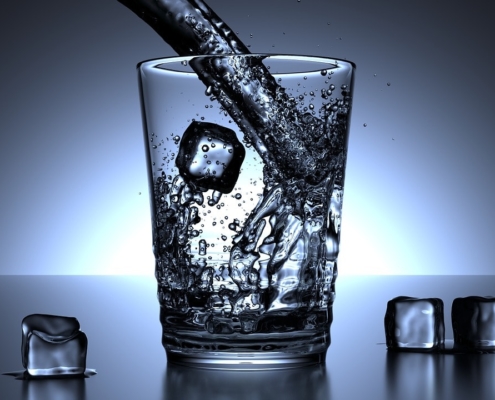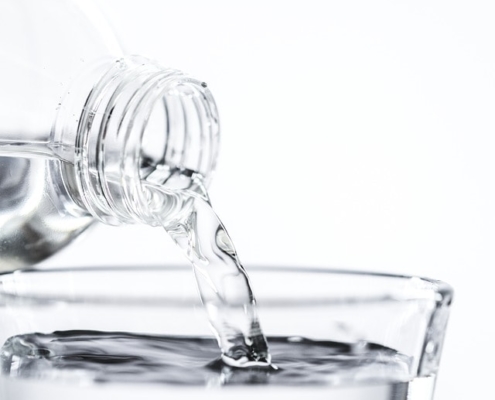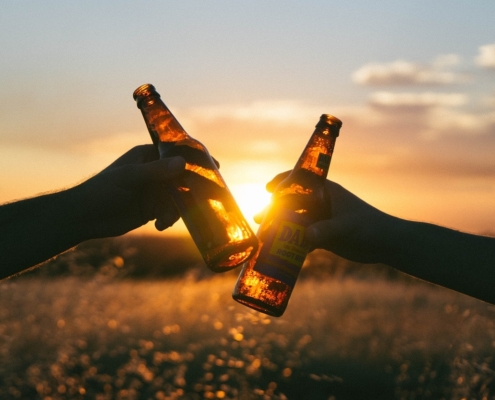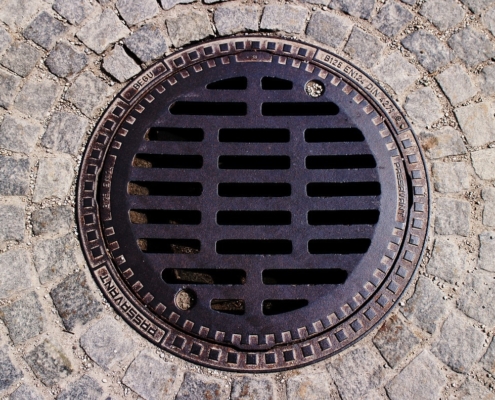 https://riefilt.de/wp-content/uploads/2019/07/channel-1692671_1280-min.jpg
856
1280
Alexander Riebe
https://riefilt.de/wp-content/uploads/2023/09/RIEFILT-Wort-und-Bildmarke-300x38.png
Alexander Riebe2019-09-22 21:42:292019-09-22 21:42:29Drinking water pollution - reasons & countermeasures
https://riefilt.de/wp-content/uploads/2019/07/channel-1692671_1280-min.jpg
856
1280
Alexander Riebe
https://riefilt.de/wp-content/uploads/2023/09/RIEFILT-Wort-und-Bildmarke-300x38.png
Alexander Riebe2019-09-22 21:42:292019-09-22 21:42:29Drinking water pollution - reasons & countermeasuresDrinking Water Ordinance – Water for healthy enjoyment
Clean and contaminated drinking water is a matter of course for people in modern industrial nations. That was not always so. The high quality of drinking water available in Germany is largely due to the Drinking Water Ordinance. Thanks to it a health-safe use of transported through a distribution network to the removal of fresh water is guaranteed.
The Drinking Water Ordinance as a living law
The currently valid version of the Drinking Water Ordinance dates back to 2001 and is therefore also abbreviated to TrinkwV 2011. The law is constantly evolving. This is an adaptation to changing conditions and technical progress. The last update was made in January 2018. Since then, the regulation has also regulated which materials used for inspections or cabling are permitted within lines used for the distribution of drinking water.
What is drinking water?
Also on the Drinking Water Ordinance gives an answer. Drinking water is water that people use for drinking, for body care, for cleaning and for the production of food. In most households, drinking water is also used for toilet flushing and irrigation of plants drinking water, although in these cases unfiltered rainwater or from a cistern-funded water would suffice. The regulation also has no validity for natural medicinal waters and swimming pool water. On the other hand, it is compulsory for food businesses, since water is almost always used to produce food products. Where drinking water is not transported via stationary pipelines, all parts used for production and distribution that come into contact with drinking water must have drinking water certification. This also applies to water transport vehicles and mobile drinking water storage.
From raw water to drinking water
In the case of water supply systems, the Drinking Water Ordinance distinguishes between the following:
Central waterworks with a daily supply of more than 10 cubic meters
Small waterworks that deliver less than 10 cubic meters of drinking water per day
Small plants
Mobile provider
Water companies extract the water from natural reservoirs, process it further and take over the distribution. The removal of the water takes place from groundwater, spring water or bank water pre-purified river water. Groundwater recharge increases the amount of water purified by natural barriers. The water extracted from natural resources and pre-purified by a large number of barriers is referred to as raw water in the regulation. Only when the quality of the raw water is high can it be directly distributed as drinking water without further treatment. If the raw water exceeds specified limits in the Drinking Water Ordinance, before being distributed to households and businesses, further purification of the water extracted from natural resources takes place in a water treatment plant. For processing, several process steps are used. In addition to mechanical processes, aeration, precipitation, filtration, flocculation and softening are often used processes to produce drinking water quality.
Limit values according to drinking water ordinance
According to the Drinking Water Ordinance, drinking water must be digestible and must not possess any health-endangering properties. This is not the case if microbiological or chemical requirements of the legal text are not met. The Drinking Water Regulation sets specific concentrations for such substances beyond which a harmful effect on humans is expected. However, a complete sterility of the drinking water is not sought by the Drinking Water Ordinance. Most microorganisms in drinking water do not have a low human concentration impact on human health. Depending on the region, drinking water also has a certain concentration of radionuclides produced by natural uranium. Only when a limit is exceeded in a water supply area, the water supplier must immediately take countermeasures that reduce concentrations. In the event of severe contamination of the drinking water, the health authority may also order an immediate interruption of the water supply and, in cooperation with local authorities, establish another emergency care, for example with mobile drinking water storage tanks.
Important tools: measures and hazard analyzes
A central role in the Drinking Water Ordinance is the technical value of measures. These are thresholds that, if exceeded, would put a burden on consumers or certain consumer groups such as infants and pregnant women. Another important tool for implementing the requirements is the hazard analysis. In addition to laboratory findings, it also evaluates the condition of water supply systems and technical installations. In order to protect the withdrawal areas of drinking water from impurities, drinking water protection areas are established. In these water protection zones, construction, road construction, tourism and agriculture are prohibited. The immediate radius of the extraction source is designated as a water protection zone 1 and protected against the entry of unauthorized persons.
The Drinking Water Ordinance applies to the tap
In implementing the ordinance, state authorities, health authorities and the Federal Environment Agency work closely together. This helps to ensure a quick and rapid cleanup of a dangerous situation and a drinking water supply of consistently high quality, even in complex hazardous situations. The provisions of the Drinking Water Ordinance apply to the entire route taken by the drinking water, from the extraction to the tap. Therefore, the requirements of the legal text are also to be observed by owners and property managers. Incorrectly installed installations or outdated piping in a house may cause a violation of the TrinkwV 2001. For this reason as well, all work on a drinking water supply should only be carried out by specialized companies that are certified for such installations. All components used for drinking water installations must bear a test mark and be approved for use in the drinking water supply.
Service
Read more about our services.
Our B2B Shop
Visit our B2B Shop for filter equiptment
Contact
Get in touch.

